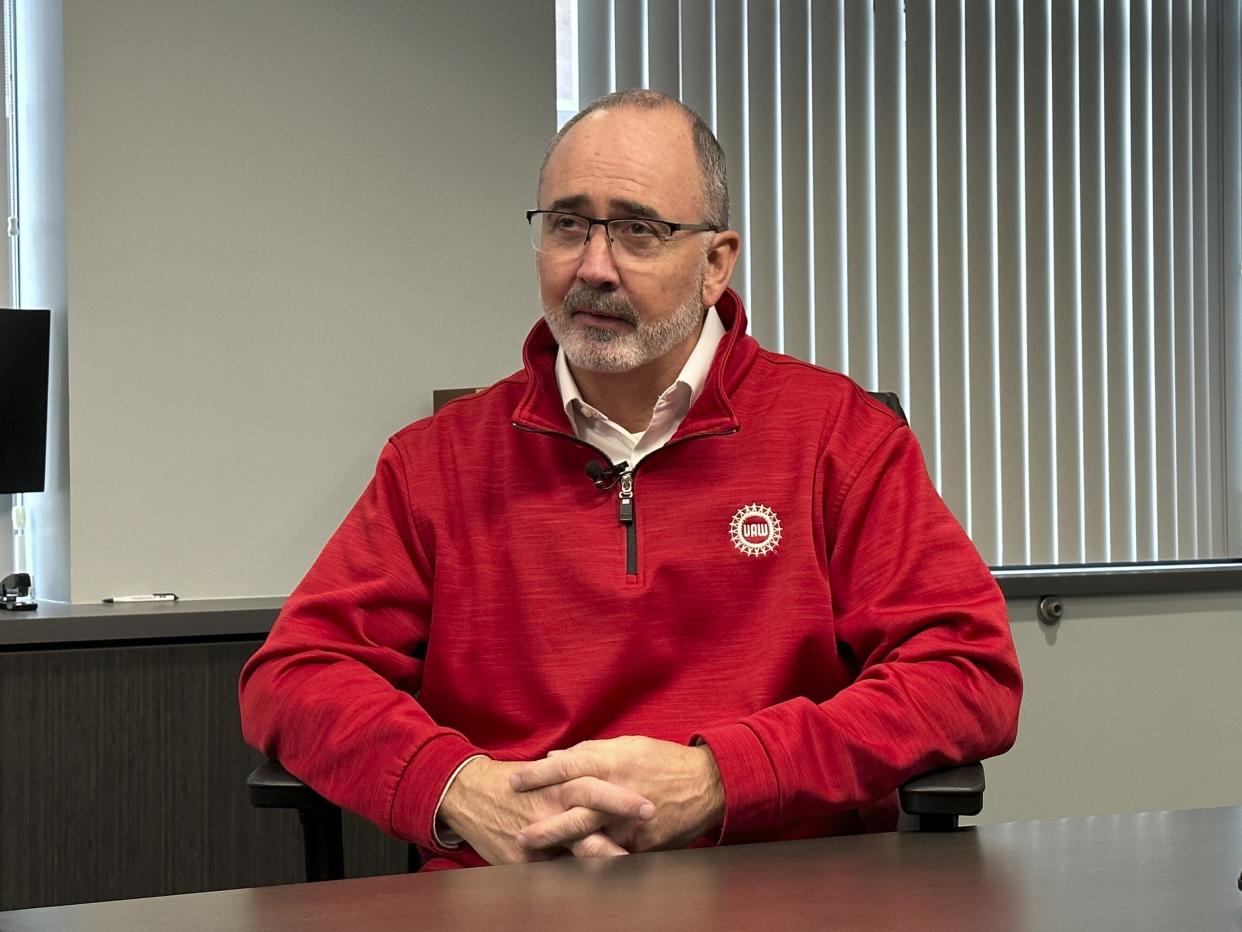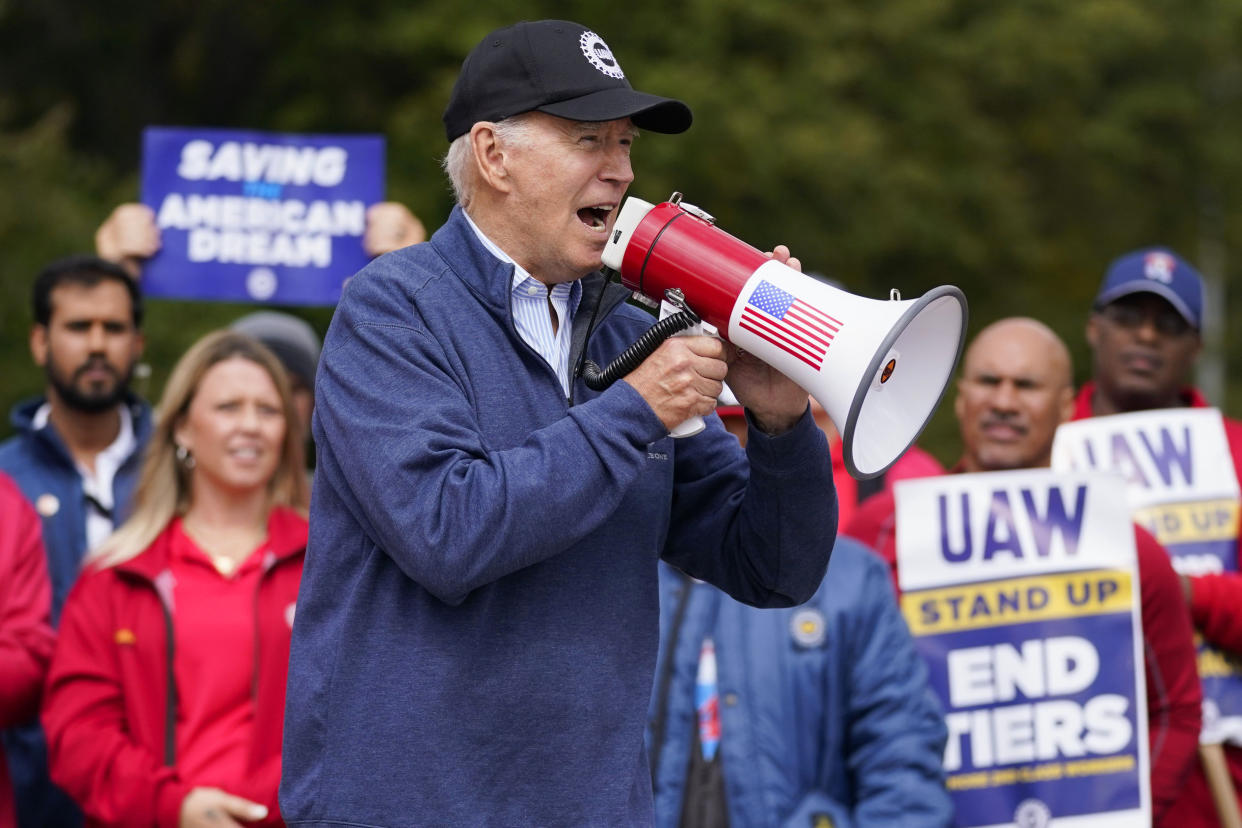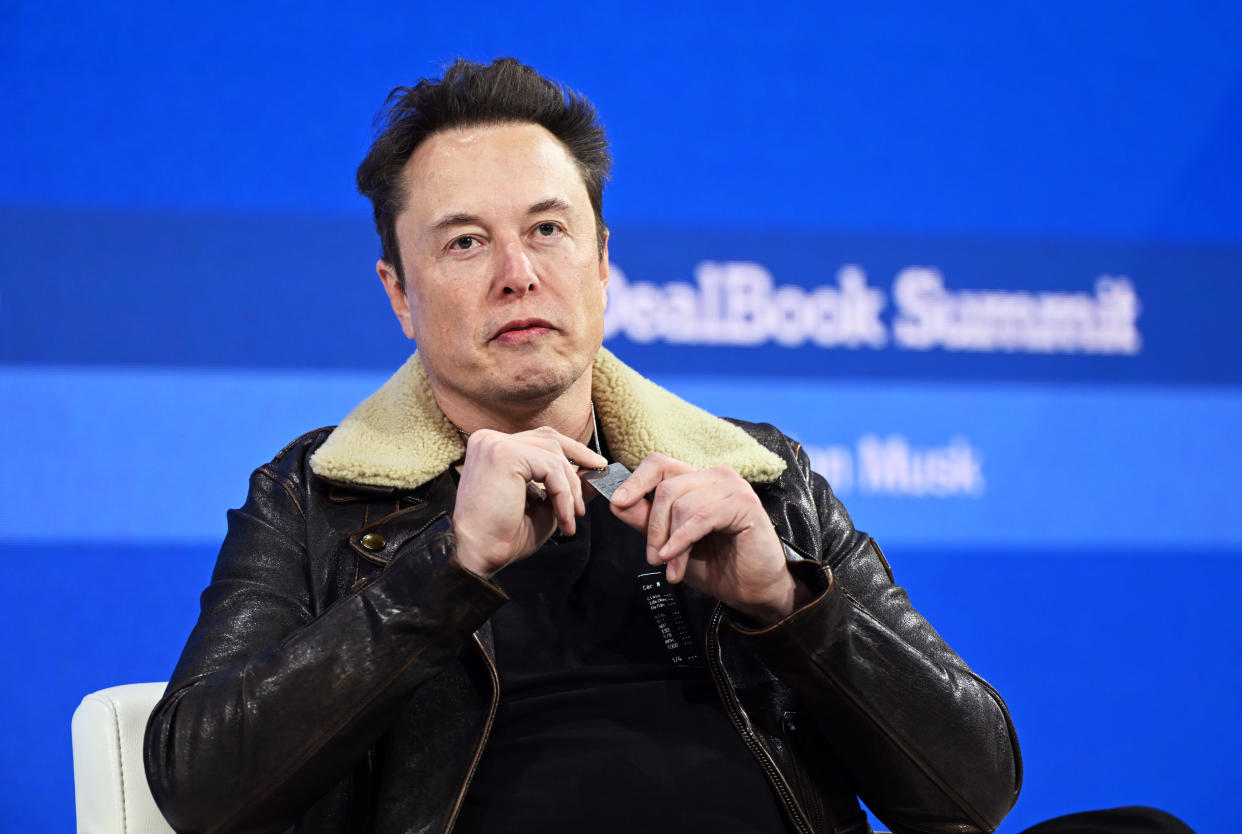UAW vs the Big 3: How the union won the 6-week standoff and cemented labor's growing popularity
The labor movement experienced a big — and generally successful — year in 2023. Nowhere was that more apparent in the auto sector, where the United Auto Workers (UAW) extracted big concessions from the Big Three (GM, Ford, Stellantis) following a six-week standoff in the fall.
The ramifications of the "historic" contract as the UAW calls it will be felt for years as the Big Three and nonunion automakers come to grips with a new reality of empowered workers. Though there were warning signs, even veteran execs at the Big Three were caught off guard by the strength of labor’s popularity in general, and the UAW's unorthodox strategy.
Here's how it all unfolded, and what it means for the UAW and the auto sector going forward.
Labor having its moment

It all began in the summer. The Big Three had been preparing for negotiations with the UAW ahead of the expiration of the union’s collective bargaining agreement in mid-September. But this came against the backdrop of unionization efforts gaining steam across the country, putting pressure on companies to respond with big offers, or face the consequences.
The Teamsters' negotiations with UPS sent shockwaves through the industry, as well as the labor movement, when a big tentative deal was announced right before a threatened strike. Veteran full-time drivers at UPS will now make $49 per hour by the end of the contract; UPS CEO Carol Tomé said total compensation including benefits for those drivers will be $170,000 per year, up from around $145,000.
Jaws dropped in corporate America when the deal was announced; even the meme game was strong depicting UPS drivers living the good life.
This followed workers at places like Starbucks, American Airlines pilots, and even REI retail workers trying to capitalize on union strength in America. Not to mention the highly contentious Screen Actors Guild (SAG) and Writers Guild of America (WGA) labor disputes with the Alliance of Motion Picture and Television Producers (AMPTP) — the “Hollywood” strikes — which were ongoing during the lead-up to the UAW’s contract expiration deadline.
Polls, meanwhile, showed a majority of Americans backing the efforts of unions as inflation and interest rate hikes made borrowing costs much higher. US workers blamed employers for not keeping up with the cost of living increases as corporate profits boomed.
The UAW’s unorthodox strategy… and Shawn Fain

This was the lead-up to the Big Three’s stand off with the UAW. But the real X factor was new union president Shawn Fain.
Yahoo Finance heard rumblings from one Big Three executive that the auto execs didn’t know what to expect from Fain, who had won by an extremely close vote in March. This executive expected things might be different.
He just didn't know how different.
"This election was not just a race between two candidates, it was a referendum on the direction of the UAW.” Fain said shortly after his election. “For too long, the UAW has been controlled by leadership with a top-down, company union philosophy who have been unwilling to confront management, and as a result we’ve seen nothing but concessions, corruption, and plant closures.”
Fain from the outset did things differently. He refused to engage in the traditional handshake that occurs ahead of UAW-Big Three negotiations; auto negotiators also complained that Fain and the UAW team were unresponsive as the deadline approached.
Fain took the gloves off. He put the spotlight on the record profits of the Big Three automakers, claiming the companies raked in $29 billion in net income in the first six months of the year. Fain also howled at the rich contracts CEOs like GM’s Mary Barra and Ford’s Jim Farley enjoyed.
"While Big Three executives got rich, UAW workers got left behind," Fain said.
With the deadline set for 11:59pm on Sept. 14, it was no real surprise when Fain and the UAW made the late-night call to strike. But what was surprising was the method — the so-called stand-up strikes — meaning the UAW would strike at select plants at all Big Three automakers with limited to no warning.
This meant the Big Three couldn't plan ahead for mitigating strike-related shutdowns. And it also was a big deviation from how the UAW operated in the past, where the union picked one automaker to strike at, went through a full negotiation to hammer out an agreement, then used that pattern agreement to secure deals with the other two automakers.
Now the UAW was negotiating with all three at the same time.
“This strike — or rather, escalating simultaneous strikes — is different because of both the energy and intentionality behind it,” said labor expert Veena Dubal, law professor at the University of California, to PBS NewsHour. “Unlike previous UAW leadership who were often criticized for “going along” and “settling cheap,” reformist president Shawn Fain and his team are using escalating tactics, public discussions, and bold demands to draw attention to the extraordinary inequality between bosses and workers.”
Negotiations continued for a couple of weeks without any breakthroughs, until a big moment at the end of September. After days of going back and forth, President Biden decided to join the picket lines in Michigan, joining striking UAW members.

With the pressure on the automakers rising, and Fain’s continued threats of escalating a strike that was popular (at least among many Americans), it was only a couple of weeks later when Ford upped its best offer, which lead to a tentative agreement. An increase of 25% for top-tier workers, immediate ratification bonuses, bringing more part-time workers into full-time status, and the restoration of COLA (cost of living adjustment) payments were enough to get the deal across the finish line. UAW members at GM and Stellantis approved similar deals shortly thereafter.
The aftermath of the UAW strikes — and what it means for Tesla

The immediate financial costs of the UAW strikes on the Big Three were known soon enough. Ford said the strike and ensuing higher compensation meant it would cost the automaker $8.8 billion over the course of the four-year contract, and meant Ford cars on average would cost $800-$900 more. GM said the cost of its contract would be around $9.3 billion over four years.
But effects go beyond the Big Three. As if on cue, foreign automakers like Nissan, Hyundai, Toyota, and Honda in recent weeks gave pay hikes for their US workers, none of whom are unionized.
“Nonunion workers can thank the UAW for their recent pay raises,” said AutoForecast Solutions analyst Sam Fiorani to Yahoo Finance in late November. “It was entirely expected that wages would go up in the face of recent labor changes,” he said, referring to recent wage hikes at nonunion Toyota, Nissan, and Hyundai plants.
Which brings us to the EV king in America: Tesla. For years Tesla (TSLA) has mostly avoided the impact of labor strife and unionization at its plants across the globe. But it seems the times, and growing favorable public opinion for workers to get more for the fruits of their labor, have changed the calculus.
Late on Thursday CNBC reported that Tesla told workers at its Giga Nevada plant that some battery production workers there will see pay increases of around 10% starting in early January 2024.
Labor expert Marick Masters of Wayne State University said what these foreign automakers were doing is part of a deliberate strategy. “Clearly, such actions by nonunion companies can be viewed as part and parcel of a ‘union substitution’ strategy, which seeks to deter unionization in specific companies by paying workers sufficiently comparable wages,” Masters said to Yahoo Finance.
Musk himself said if Tesla doesn't keep its workers happy, they will leave to any number of other similar manufacturing jobs. Though Musk has touted that profit sharing initiatives like stock options have made millionaires of production line workers, the company reportedly just removed stock-based compensation for this year.
What's ahead?
Tesla and other nonunion automakers will likely have to do more for workers, or have to fend off unionization efforts. Analysts and investors will be watching to see if these nonunion shops will continue to raise wages and compensation in order to keep their workers happy, or at least keep them at their respective jobs. Case in point: Current labor unrest in Sweden is giving Tesla headaches, as other unions in the Scandinavian region strike in sympathy with Tesla's Swedish mechanics, who are demanding better pay and working conditions.
Whether it comes to pass with Fain and the UAW at Tesla plants in the US, or other foreign automakers operating in America, or even Tesla's international operations, labor unions will likely push their advantage in 2024. And that may dim profit forecasts for automakers already squeezed with massive investments in their EV transformations.
Pras Subramanian is a reporter for Yahoo Finance. You can follow him on Twitter and on Instagram.
Click here for the latest stock market news and in-depth analysis, including events that move stocks
Read the latest financial and business news from Yahoo Finance
